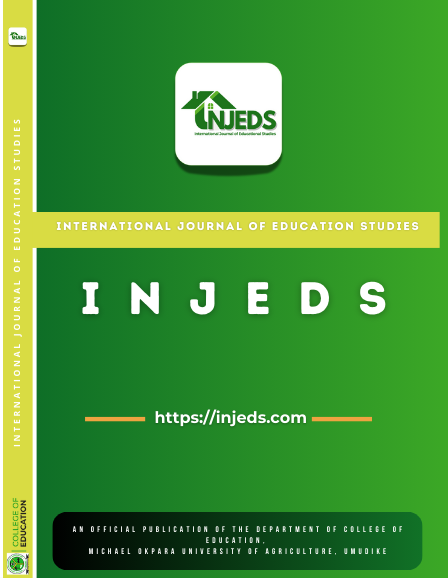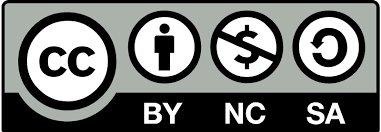EFFECTS OF RECIPROCAL PEER- TUTORING STRATEGY ON STUDENTS INTERESTIN SENIOR SECONDARY SCHOOL PHYSICS IN ABIA STATE
Keywords:
Physics, Reciprocal Peer Tutoring, Interest, Academic Achievement in PhysicsAbstract
This study utilized a quasi-experimental design to explore the impact of reciprocal peer tutoring on students' interest in secondary school physics in Umuahia North, Abia State. A total of 103 SS2 physics students from four intact classes participated, including 53 students (36 males and 17 females) assigned to a control group and 50 students (32 males and 18 females) in the reciprocal peer tutoring group. The research was guided by two questions and two null hypotheses, tested at a 0.05 significance level. Data was collected using the Measure of Physics Students’ Interest Scale (MPSIS), developed by the researcher and validated by subject experts. The reliability of the scale was confirmed through a test-retest method, yielding a coefficient of 0.82. Mean and standard deviation were used to address the research questions, while Analysis of Covariance (ANCOVA) tested the hypotheses at the 0.05 significance level. Findings revealed that students taught physics using reciprocal peer tutoring had higher mean interest scores compared to those taught via traditional lectures. Additionally, male students demonstrated greater mean interest scores than female students under the reciprocal tutoring method. There were significant differences in interest scores between the two teaching methods and between male and female students. The study recommends incorporating reciprocal peer tutoring into the physics curriculum to enhance student interest.





